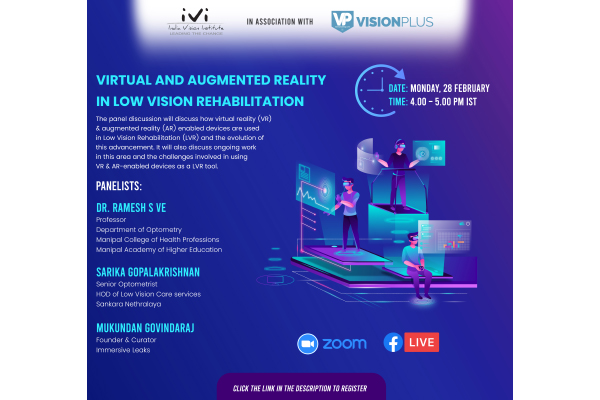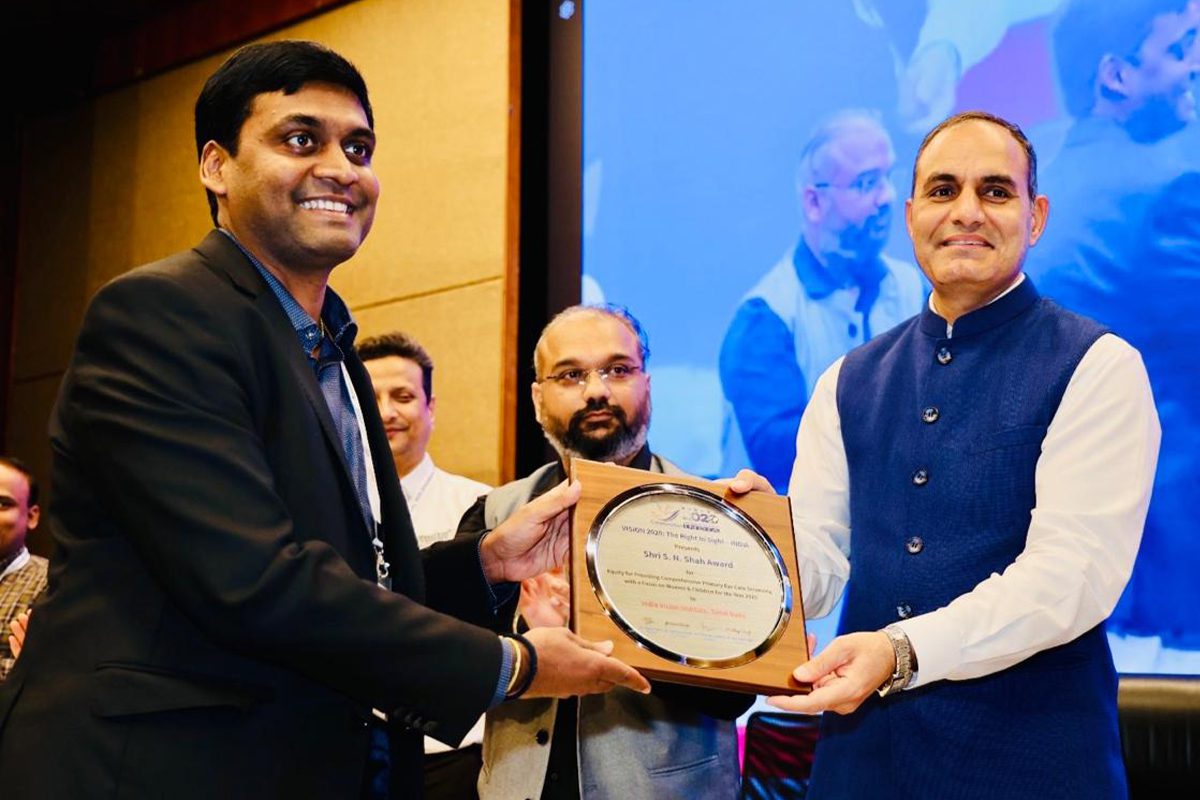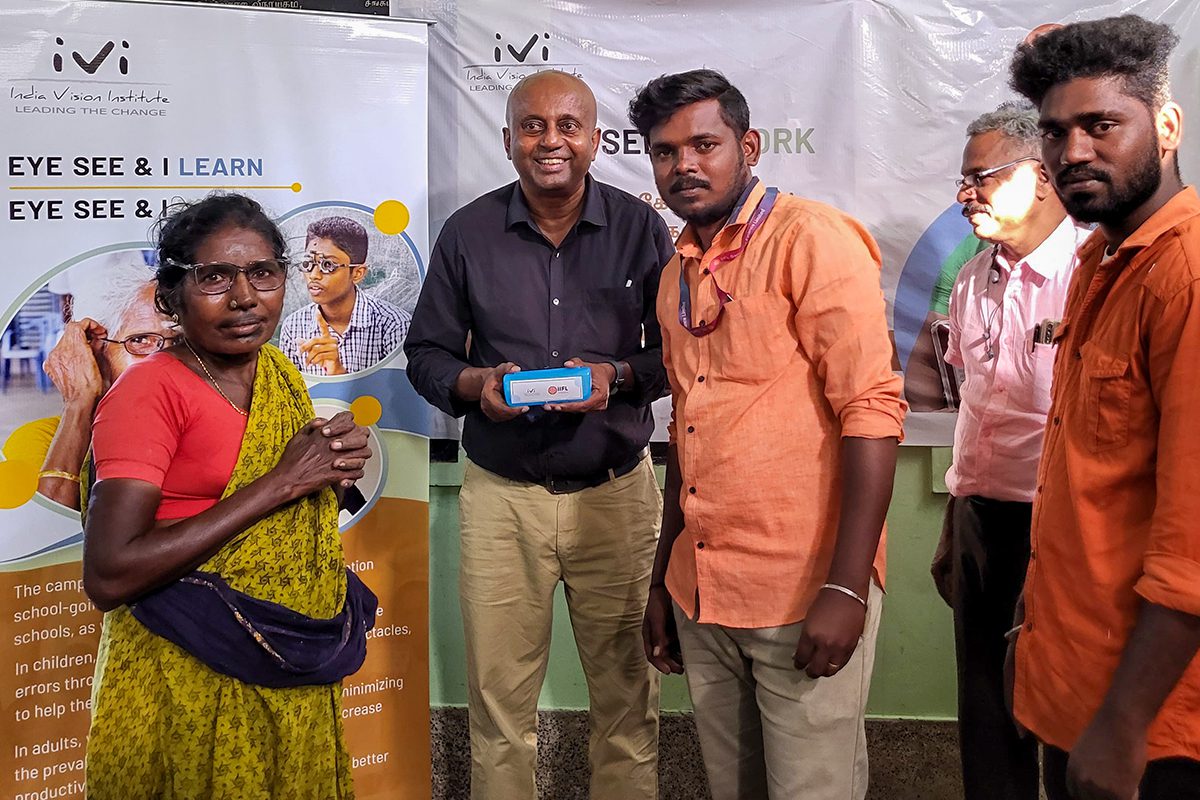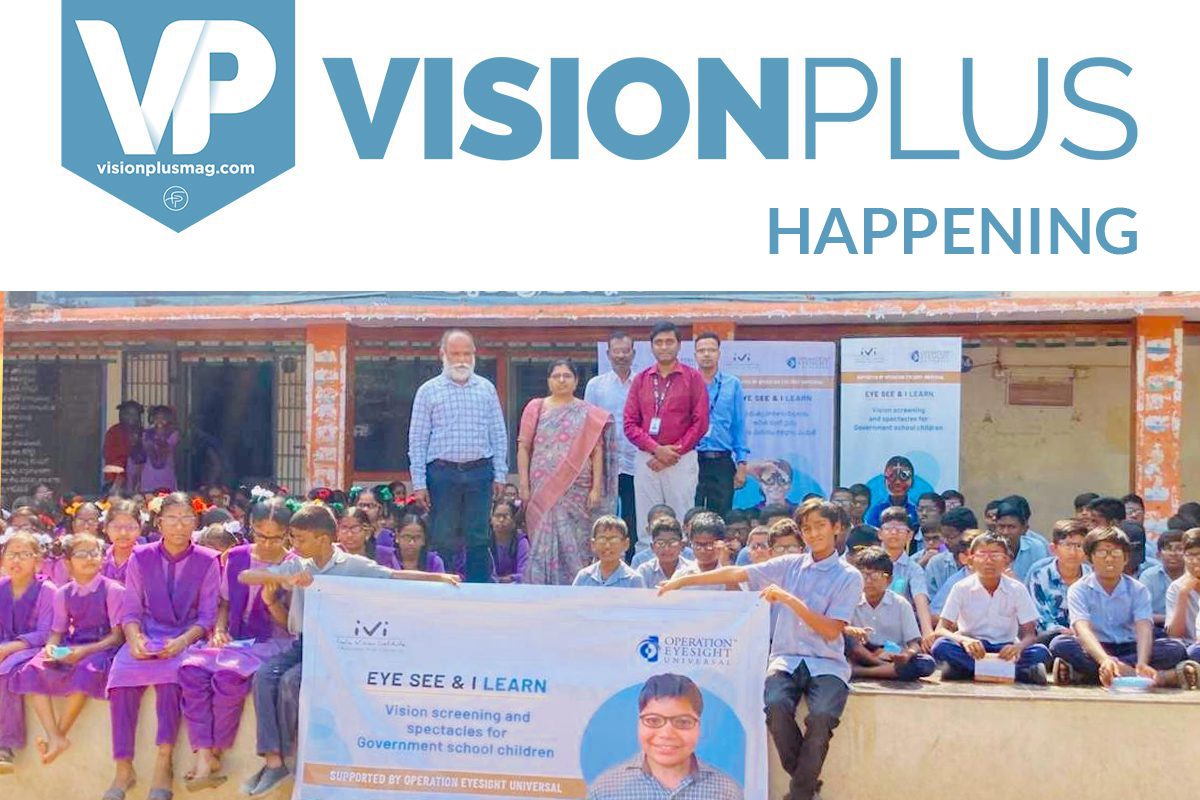Globally, there are at least 2.2 billion people suffering from distant or near vision impairment. Although conventional low vision devices such as magnifiers are very useful for patients with low vision, newer technology such as virtual reality (VR) and augmented reality (AR) has also been adapted for low vision rehabilitation. Extended reality (XR) is an emerging umbrella term for all immersive technologies, including augmented reality (AR) and virtual reality (VR). In recent times, XR applications have increasingly been used as assistive technology for people with low vision.
VR and AR have the potential to serve not just as visual accessibility aids, but also as tools to study perception and behavior in people with low vision and blind people whose vision was restored with a visual neuro-prosthesis. XR technology-based devices have a wide range of potential applications. They may be used to visually enhance a person’s environment for completing daily activities, train low vision patients with residual vision, or simulate either a specific visual impairment or the artificial vision generated by a prosthetic implant.
All these and other emerging technologies were the focus of the IVI-VisionPlus panel discussion on February 28. Panelists included Dr Ramesh S Ve, Professor, Department of Optometry, Manipal College of Health Professions, Manipal Academy of Higher Education (MAHE), Ms Sarika Gopalakrishnan, Senior Optometrist & HOD, Low Vision Care Services, Sankara Nethralaya, and Mukundan Govindraj, Practice Lead, Extended Reality, Boston Consulting Group. IVI’s Dr Kalpa Negiloni moderated the session.
We live in an era of the Metaverse – a collection of virtual worlds – where some of the worlds are completely digital while others are enhancements of the physical world we are in. “You can do anything and everything that you do in the physical world, from the place that you shop, where you buy things, places where you can do commerce, and also use technology to bridge gaps you face in the real world,” said Mukundan Govindaraj. “There is a huge demand for technology to bridge existing gaps in the healthcare system. The metaverse is already solving health care problems in the rehabilitation space, through applications in pain relief programs, for example.”
XR technology also has applications as a diagnostic tool. It can, for instance, help monitor the movement of a patient, which means healthcare professionals can collect a lot of data and also accurately detect what they cannot in a real-world scenario.
The future of low vision rehabilitation will be interdisciplinary. Optometrists will have to work in conjunction with specialists such as physiotherapists and occupational health specialists, among others, to help ensure an improvement in the overall quality of life for patients. Low vision care requires a holistic approach. According to Dr Ramesh S Ve, technology is helping make this future possible now, with a plethora of virtual reality and augmented reality devices that are available. It is possible today for a physiotherapist to use the data generated by virtual and augmented reality devices to come up with exercises to help improve and enhance a patient’s balance.
A person with low vision cannot be asked to go from one clinic to another, especially in pandemic times. Portable XR technology-based technology can be very helpful in making low vision care accessible. Many of the new virtual reality and augmented reality technology-based devices available in the market are wearables and can be worn by patients and help them see better.
Elderly or disadvantaged people with low vision and who live alone can benefit from the use of virtual reality technology through, for instance, the use of virtually generated holograms to engage with caregivers. Virtual and augmented reality technology can also produce valuable screening tools for vision professionals in the future. These may include virtual reality-based games that can be used to track a patient’s eye movement to obtain an accurate picture of the vision-related challenges faced by an individual.
Dr Kalpa Negiloni asked about the value that virtual reality and augmented reality technology can bring to low vision rehabilitation, including the practical aspects of using such technology in eye care. Do patients using augmented reality applications need to worry about adjusting the brightness settings on their devices? Sarika Gopalakrishnan said that for augmented reality technology, the application sets the brightness automatically and the user does not have to do anything. However, the patient has the option of manually changing settings such as brightness, contrast, and magnification.
Panelists assuaged concerns that patients using virtual reality devices may experience motion sickness. The resolution of images created and the auto-adjustment technology rule out the possibility of patients experiencing motion sickness. However, it would not be advisable for patients with epilepsy and claustrophobia to use virtual reality-based devices.
Going forward, it is important that optometrists, clinicians and engineers alike start looking at the progress in these technologies and create devices and applications that are future-ready. Researchers in the field should attempt to ensure that their research translates into a product that is delivered to the end-user. Potential investors should also be on the lookout for exciting extended reality research projects that can be developed into viable products. The researcher-investor link is critical to bridging the gap between concept and deliverables.
Virtual reality and augmented reality technology have bright prospects for use in eye care. The realisation of this potential, however, will also depend on awareness among eye care professionals and society at large. As things stand, not many know of the existence of virtual reality and augmented reality technology-based devices that cater to the needs of people with vision impairment. Low vision devices are not reaching everyone, in large measure also because many eye care professionals are unaware about them. A concerted and systematic awareness campaign informing people of the benefits of low vision devices based on extended reality technology can yield rich dividends.












